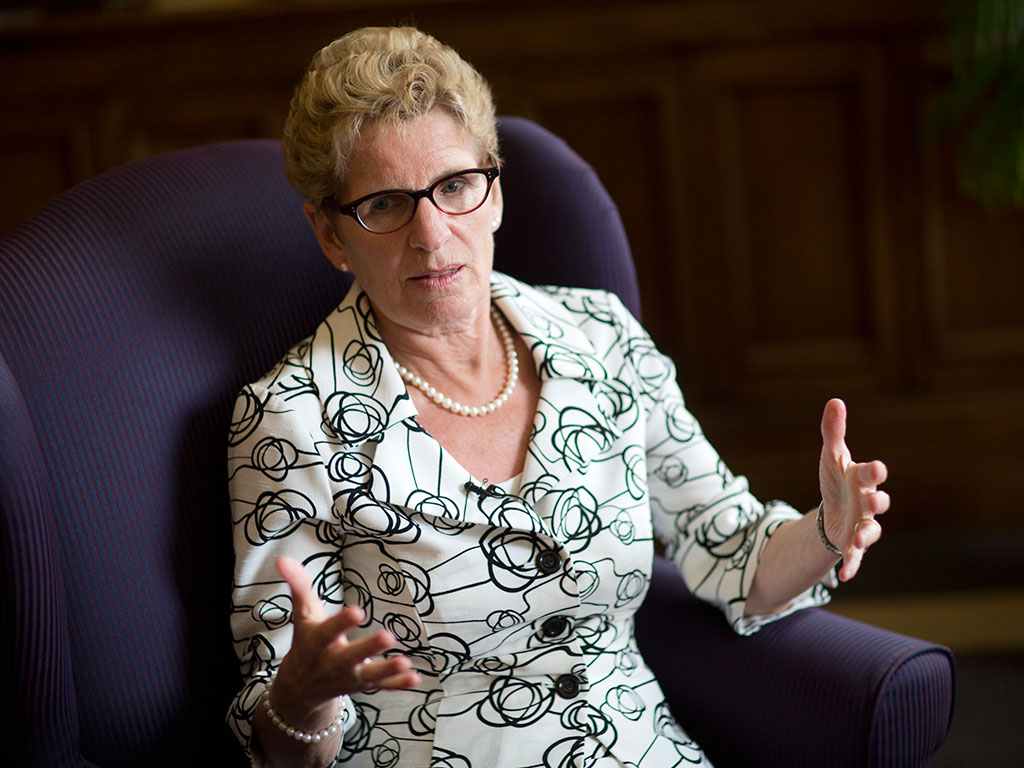Ontario joins carbon-pricing initiative
Ontario is divided over the decision of its provincial government to implement a carbon-pricing scheme

Kathleen Wynne, Premier of Ontario, encouraged the difficulty of finding a "sweet spot" with carbon pricing so it is effective enough to help fight climate change without unduly harming businesses
Canada’s most-populous province has linked up with neighbouring Quebec and California to form North America’s largest carbon market and keep a lid on rising GHG emissions. Ontario’s new cap-and-trade programme, due to start in 2017, will raise $1.4bn (or CAD 1.9bn) a year and cover approximately 82 percent of the province’s emissions.
The aim is to slash GHG emissions by 15 percent below 1990 levels by 2020 and 37 percent by 2030
The aim is to slash GHG emissions by 15 percent below 1990 levels by 2020 and 37 percent by 2030. “Ontario is investing in the global low-carbon economy”, said Quebec’s Finance Minister Charles Sousa in his budget speech. “Cap and trade will create an even more dynamic and innovative and business environment [sic].”
The scheme will generate approximately CAD 18 per tonne of carbon, with the proceeds going to energy efficiency schemes, public transport and clean technology projects. Having already ploughed CAD 325m of government money into sustainability initiatives this year, policymakers are looking to speed the transition to a low-carbon economy and make good on their years-long commitment to carbon pricing.
The province signed off on the Western Climate Initiative as far back as 2008, alongside British Columbia, California and Quebec. The latter two have created a joint cap-and-trade system and BC implemented a carbon tax.
Ontario’s decision to follow suit has therefore been a long time coming, and while many have expressed their frustration at the slow rate of change, the public is at odds over the decision to implement a carbon-pricing scheme. When asked about the cap-and-trade system, 59 percent of respondents told Forum Research they disapproved and only 22 percent approved. Others believe the price is not high enough to make a measurable difference.
Speaking to CBC News about the government’s 2016 budget, Premier of Ontario Kathleen Wynne said: “We’re trying to find that sweet spot because there is another chorus of voices who say we shouldn’t be doing this at all, it’s hard on businesses. We know we have to tackle climate change, there is no doubt about that… We’re bringing in a system that’s consistent with what’s happening in Quebec, California [and] Manitoba.”
Look out for a special feature on corporate carbon pricing online and in the next issue of The New Economy













